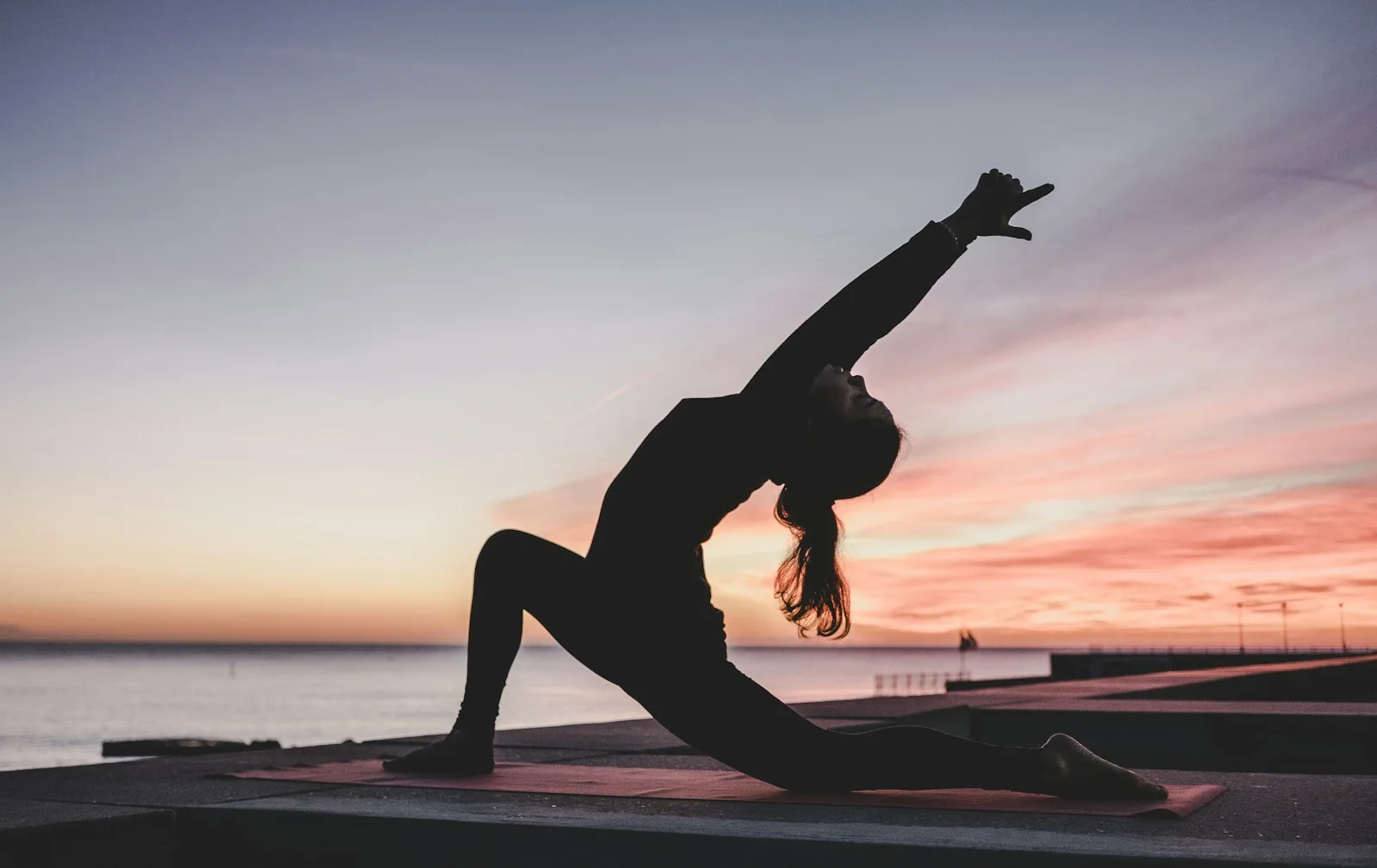Table of Contents
Yoga asanas is a time-tested health practice that is suitable for people of all ages, genders and fitness levels. It is a dynamic activity that not only energizes the brain but also has many physical benefits. Because of this, it has the ability to restore youth and energy. Yoga experts say that certain yogic techniques, such as Ganesh Namaskar and Ganesh Mudra, have been proven to improve learning abilities in adults and children.
Himalayan Siddha Akshar, founder of Akshar Yoga Center, discussed the benefits of yoga in an interview with HT Lifestyle. “This holistic approach to cognitive well-being extends beyond memory enhancement; it serves as a shield against cognitive disorders such as ADHD, ADD, Down syndrome, dyslexia and other learning disabilities,” Akshar said. Practicing yoga can lead to improved focus, longer attention span, better memory and ultimately creativity.
He stressed the need to practice yoga and meditation to improve memory, “Practice of yoga asanas, beyond their physical dimensions, serves as a medium for concentration, immunity and focus.” Asanas play an important role in influencing each individual’s unique brain development due to their powerful influence on the central nervous system. People who practice yoga may be able to delay the onset of mental illnesses like dementia and Alzheimer’s, which will help them maintain a strong and healthy mind. You can also practice methods such as trataka meditation, which involve a lamp, candle, picture, object, or even the sun or moon.
following Yoga asanas for memory enhancement and brain health:
1.Paschimottanasana (Seated Forward Bending):

- Begin in Staff Pose or Dandasana with your knees slightly bent.
- Raise your arms so that your spine is straight.
- Exhale and bring your upper body to your lower body by folding forward from your hips.
- Lower your arms and grab your big toes as you bend.
- Try to bring your nose to your knees while holding the pose for a long time.
2. Bakasana (Crane Pose):

- Begin in the same standing position, or Samasthithi.
- Spread your toes wide and place your palms forward, slightly in front and away from your feet.
- Your feet should be slightly below your armpits as you gently bend your elbows.
- Keeping both feet off the floor, bend forward and shift your full weight onto your hands.
- Bring your feet together, find balance and extend your arms as far as possible.
3. Sarvangasana (Shoulder Stand Pose):

- Start on your back, with your arms at your sides.
- Raise your legs so they are parallel to the floor and point your feet upwards.
- Slowly raise your pelvis and come off the floor again.
- Form a straight line from your shoulders to your feet with your hands behind your back.
- Turn your face towards your feet and hold that position for a few energetic moments.
4. Sirshasana (Headstand Pose):
- Begin by bending your legs and keeping your elbows flat on the floor.
- Place your elbows and palms together to form an equilateral triangle.
- With the help of your palms, place the crown of your head on the floor.
- As you raise each leg individually and align them with your upper body, slowly raise your back.
- Balance by strengthening your core, connecting your legs, and lowering your toes.
Himalayan Siddha Akshar highlights the limitless possibilities of this practice by saying, “Yoga is a tried and true remedy for holistic well-being, which includes the physical and mental realms.” You have the potential to significantly improve your memory with a regular commitment to the practice of certain asanas. Yoga is a lifesaver to keep the body and brain active, leading to maximum health and energy, whether one is a student, professional, housewife or retiree.

